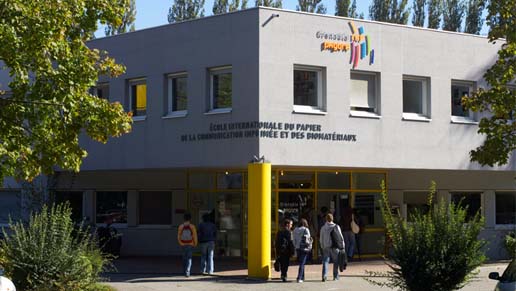
Charlotte Loustau Cazalet defended her doctoral thesis of the University Grenoble Alpes, prepared under the supervision of the Professor Christine Chirat (Grenoble INP-Pagora/LGP2). She presented the results of her research work entitled Morphology / Reactivity relationship of lignocellulosic substrates: impact of steam explosion pretreatment.
In a context of energy transition and the fight against global warming, the production of 2nd generation ethanol seems a very promising way to reduce our dependence on fossil fuels. Three key steps are needed to produce this biofuel: pretreatment disrupts the lignocellulosic matrix to make cellulose more accessible to enzymes; enzymatic hydrolysis produces fermentable sugars; finally, the fermentation transforms the latter into ethanol.
The pretreatment by steam explosion, considered by the industry as the most effective, involves two stages – an acidic cooking and then an explosive trigger causing the mechanical bursting of the lignocellulosic substrate – in order to make the cellulose more reactive to enzymatic hydrolysis. This thesis aims to better understand the physicochemical effects of this pretreatment by relying in particular on experimental discrimination of chemical phenomena (depolymerization reactions) and physical phenomena (explosive relaxation) as well as on a multi-technical and multi-scales characterization of biomass obtained after pretreatment. The objective is also to determine the main characteristics of the biomass causing the reactivity differences observed during the enzymatic hydrolysis step and to explain the impact of the steam explosion pretreatment on the physicochemical properties and therefore on reactivity.
RELATED NEWS
Voith Paper completes the PM2 rebuild at Panasa in Ecuador
April 17, 2025
Sylvamo Announces CEO, CFO Transition Plan
April 17, 2025
SCA to increase kraftliner prices by € 60 per tonne
April 16, 2025
New Strategic Partnership for GAW technologies in France
April 4, 2025

































